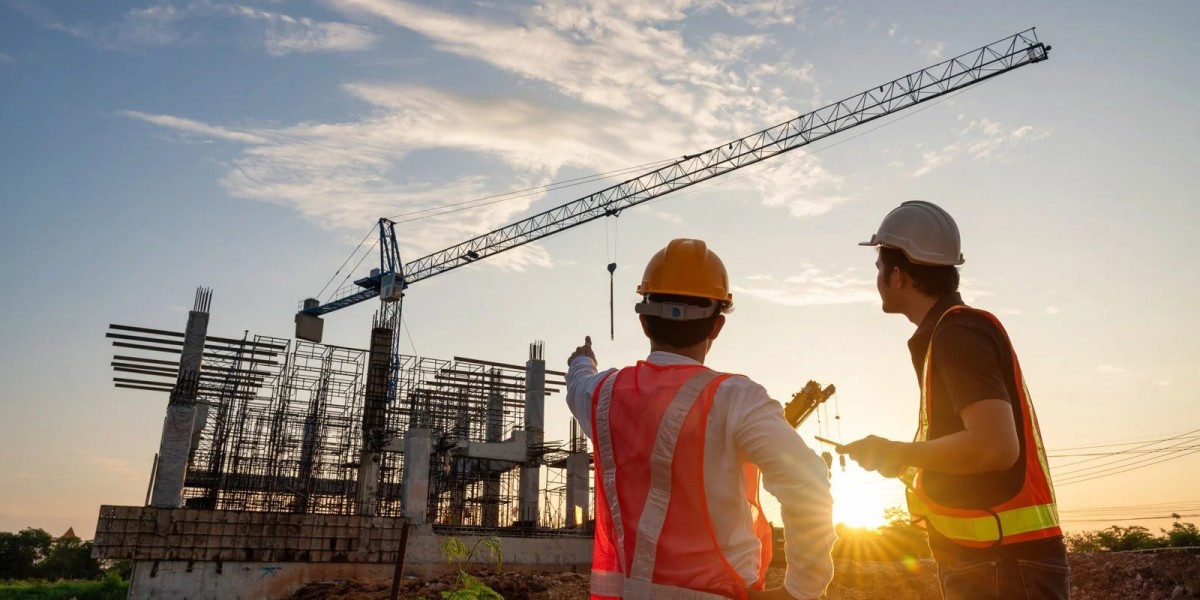Understanding the Risks of Working at Heights
Working at heights on construction sites comes with serious risks. Thousands of accidents occur every year due to falls, making it one of the leading causes of workplace injuries in the United States. OSHA reports that more than 35% of construction-related deaths result from falls. This highlights the importance of proper training and hazard awareness.
Many accidents happen because workers fail to identify potential dangers early. Unstable platforms, improper ladder use, and missing protective gear are the most common reasons for injuries. Through OSHA 30 construction training, workers learn to recognize these hazards and reduce risks effectively.
Importance of Construction Safety Training for Working at Heights
Construction safety training is critical when working at heights because it prepares workers to manage risks before starting the job. A working at heights training course covers everything from hazard assessment to proper equipment use. It ensures every worker knows how to stay safe while performing elevated tasks.
OSHA 30 construction training goes beyond basic safety measures. It focuses on building awareness, teaching compliance with OSHA standards, and providing hands-on techniques to handle dangerous situations. Proper training saves lives, prevents costly delays, and creates a safer work environment for everyone on site.
OSHA 30 Construction Guidelines for Working at Heights
OSHA has strict rules for working at heights, and these are covered in detail during OSHA 30 construction training. These guidelines focus on fall prevention, safe scaffold usage, ladder safety, and personal protective equipment requirements. Workers also learn how to inspect platforms, guardrails, and harnesses before starting work.
The OSHA Outreach Training Program provides clear instructions to reduce construction-related injuries. It helps workers understand their rights, employers’ responsibilities, and the correct procedures to follow during high-risk tasks. By completing OSHA 30 safety certification, workers gain the skills needed to ensure compliance and avoid penalties.
Common Hazards Faced When Working at Heights
Construction workers face several hazards when working above ground. Falls from ladders, scaffolds, or rooftops are the most common, often resulting from weak structures or missing guardrails. Electrical lines near elevated platforms also pose a significant threat. Weather conditions like rain or wind make height-related tasks even riskier.
Accidents also occur when workers fail to use proper safety harnesses or ignore PPE requirements for working at heights. OSHA-approved safety training for heights teaches how to identify and control these hazards before accidents happen, ensuring a safe and productive work environment.
Step-by-Step Guide to Safe Working at Heights
Safe working practices are the foundation of construction safety training. Workers should always begin by assessing potential risks at the site. A thorough inspection helps identify weak surfaces, loose platforms, and other hazards before starting any task.
OSHA 30 construction training recommends following a structured safety process:
Step | Action Required | OSHA Training Coverage |
1 | Conduct hazard assessment | Identifying fall risks |
2 | Select proper PPE | Harnesses, helmets, guardrails |
3 | Inspect equipment | Ladders, scaffolds, safety lines |
4 | Plan emergency response | Rescue procedures and first aid |
5 | Follow compliance rules | OSHA standards and safe work methods |
Selecting the Right Safety Equipment and PPE
Using the correct personal protective equipment is critical when working at heights. OSHA-approved gear includes safety harnesses, helmets, lanyards, and non-slip footwear. A proper fit and regular inspection are essential to ensure the equipment provides full protection.
ANSI-compliant fall protection systems are widely recommended for construction sites. OSHA 30 construction training explains how to select, maintain, and inspect this equipment. Workers learn how to identify damaged gear and replace it before it compromises safety during elevated tasks.
Employer and Employee Responsibilities Under OSHA
OSHA requires employers to provide proper training, approved safety gear, and hazard-free working environments. Employers must also conduct regular inspections, provide updated safety programs, and ensure compliance with federal and state OSHA guidelines.
Workers are equally responsible for following safety rules, wearing protective gear, and reporting unsafe conditions immediately. Completing OSHA 30 training ensures both employers and employees understand their roles in preventing accidents and maintaining site safety.
Best Practices for Effective Construction Safety Training
Combining OSHA 30 construction training with site-specific programs creates stronger safety systems. Employers should include regular toolbox talks, emergency drills, and fall prevention workshops to keep workers prepared.
Case studies show that construction companies implementing structured safety programs report fewer accidents and higher productivity. Consistent training builds awareness and promotes a culture where safety becomes a shared responsibility among all workers.
How to Choose an OSHA-Approved Training Provider
Selecting an OSHA-approved training provider ensures workers receive certified and up-to-date construction safety training. A reliable provider offers hands-on experience, expert instructors, and flexible options like OSHA 30 online training for construction workers.
Employers should evaluate course content, accreditation, and post-training support. Online courses are convenient for large teams, while in-person sessions provide practical demonstrations. Choosing the right provider ensures workers meet OSHA requirements while gaining valuable real-world safety skills.
Final Thoughts on Construction Safety Training and Working at Heights
Working at heights is one of the most dangerous tasks in construction, but proper OSHA 30 construction training significantly reduces the risks. Training ensures workers understand hazards, use the right equipment, and follow safety protocols at all times.
Investing in construction safety training is not just a compliance requirement; it protects lives and improves project efficiency. Employers and workers should prioritize safety at every step to create accident-free construction sites.
FAQ
Q1. What is OSHA 30 construction training?
OSHA 30 construction training is an advanced safety course that teaches workers and supervisors how to identify and prevent workplace hazards.
Q2. Who needs OSHA 30 construction training?
This training is ideal for construction supervisors, site managers, safety officers, and workers handling high-risk tasks on job sites.
Q3. How long does it take to complete OSHA 30 training?
OSHA 30 construction training typically takes 30 hours to complete, and it can be done online or in person.
Q4. Is OSHA 30 certification mandatory?
While not always required by law, many employers and contractors demand OSHA 30 safety certification for site supervisors and key workers.
Q5. What topics are covered in OSHA 30 construction training?
The training includes fall protection, scaffolding safety, PPE use, electrical hazards, hazard communication, and emergency response procedures.








